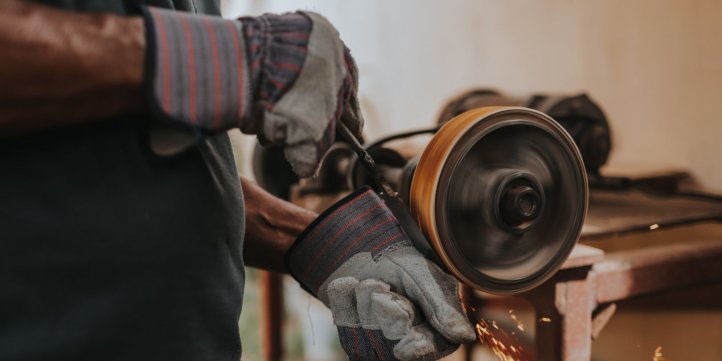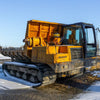How Safe Is Your Industry? The Latest HSE Figures Have The Answer

The HSE has just released its latest workplace safety figures which span all UK industries. The figures show that in total, 147 workers suffered a fatal injury during the 2018/2019 period. That’s six more fatal incidents than recorded across 2017/2018. So just how safe is your industry?
The Safest — and Most Risky — Industries
Perhaps unsurprisingly, the agriculture and construction industries were identified as the most dangerous industries in the UK, with 32 and 30 fatalities reported respectively between April 2018 and March 2019. Manufacturing, transport, and waste and recycling were also found to be areas of high risk. In contrast, retail, hospitality, motor repair, food and drink and administrative and support services were amongst some of the safest sectors to work in.
Minimising Risk
In order to minimise risk, it’s important to understand exactly what sort of accidents are most likely to occur and result in fatal injury. One of the most common occurrences is shown to be being hit by moving objects, including debris. In total, an average of 18 workers per year are fatally injured by flying or falling objects. It is also understood that 5 workers per year are killed through explosions and four lose their lived due to contact with electricity.
These figures highlight the importance of using the correct personal protective equipment in the workplace to minimise risk. By wearing appropriate workwear, such as hi-vis garments and arc flash clothing, it is possible to significantly reduce the number of fatalities from some of the most common risks, including electricity and falling debris.
Excellent Performance
While there is certainly a great deal of room for improvement, the report does show that the UK has one of the lowest workplace fatality rates in the world, beaten only by Cyprus. In the UK, the standard incident rate is just 0.53/100,000 employees; a remarkable achievement compared to Luxembourg, with almost 5.00/100,000.
However, there is still more that can be done. As an employer, it is your responsibility to perform on-site risk assessments, identify the most appropriate PPE for each task, and ensure that the PPE that you provide to your workers is of the highest quality. And as an employee, it is your responsibility to ensure you understand how to properly use and wear your PPE, how to maintain and care for it, and to replace it regularly as needed.
-
Posted in
Industry Updates





